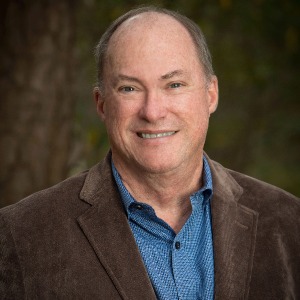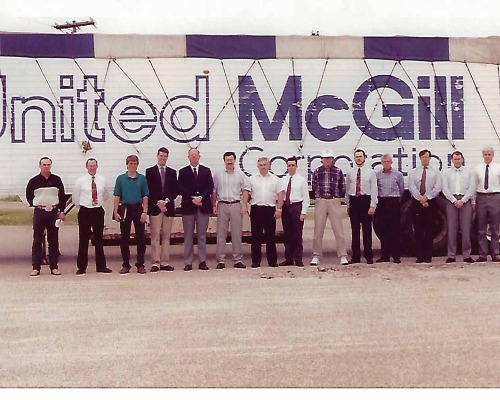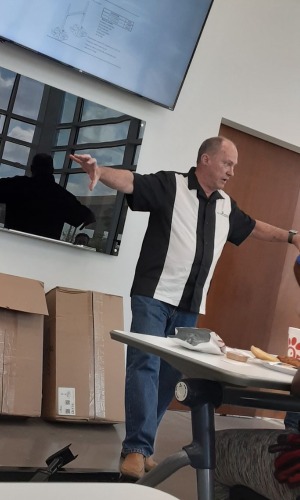Bob Reid is on a mission. He wants to unify HVAC professionals across the country to ultimately be on the same page about best practices and energy efficiency. However, because the industry started with thousands of tin shops, one of the issues he’s run into is that there aren’t many advocates for ductwork.
“We are this huge collection of relatively small companies that don’t speak in a single voice,” Reid says. “It’s difficult getting a message out.”
But that hasn’t stopped Reid from trying, and thanks to his work with the American Society of Heating, Refrigerating and Air- Conditioning Engineers (ASHRAE) and the Spiral Duct Manufacturers Association (SPIDA), he’s been able to make some significant changes.
Conditioning Engineers (ASHRAE) and the Spiral Duct Manufacturers Association (SPIDA), he’s been able to make some significant changes.
Reid, who has been in the industry for 45 years, is SNIPS 2022 Industry Icon, and here, he shares more about his career and his passion for designing, building and installing better duct systems.
The HVAC industry pathway
Reid’s road to the HVAC industry is unlike many of his peers.
“I had no family connection to this industry at all. I’m a first timer here. I guess it all started in 1977,” Reid says. “I needed a job to earn money to go to college and (it) ended up that a guy that I went to church with was the shop superintendent for a sheet metal shop in Houston, so he offered me a job sweeping the floors and just basically being cheap labor for the shop and that’s where things started.”
He worked that summer to save enough money to pay for his first year of college at Texas A&M and worked his way through college by hanging and building ductwork.
He kicked off his career as regional engineer at United McGill Corporation and then shifted into a regional salesman position with the company, but says he hasn’t ever fully left engineering.
 “One of the things that is vital in being successful in sales is that you have to understand your product, how it’s made but you also have to understand how it should be used so I’ve been heavily involved in engineering along the way,” Reid says.
“One of the things that is vital in being successful in sales is that you have to understand your product, how it’s made but you also have to understand how it should be used so I’ve been heavily involved in engineering along the way,” Reid says.
He spent 17 years at that first company, but he was ready to move on and learn new things, so he worked for a couple of years at a small mechanical contractor at Lone Star State Mechanical where he spent time managing projects, insulating water pipes and doing whatever he needed to — even learning plumbing along the way.
“After a while, though, it was apparent that I really needed to get back into sales,” he says, as he preferred the pace of sales.
“With the blessing of the guy that I was working for, he actually paid for me to go to the ASHRAE convention in Atlanta that year,” so he could find another job in sales. He ended up moving to Oklahoma for a sales job and he got involved in a variety of products used in HVAC, in addition to just the ductwork.
After a little more than five years at Mechanical Representatives Inc. in Oklahoma, Reid went back to McGill to work as a technical service engineer before working as the vice president of direct sales for Lindab, Inc. While there, he was involved in trying bring products common in Europe to the United States to go along with ductwork — such as supports and hangars.
Reid’s career continued to flourish and over the years, he’s had a variety of experiences to get him where he is today – working as the Houston-area sales manager at Spiral Pipe of Texas.
 HVAC passion
HVAC passion
Air conditioning duct leakage is the largest energy waste in a building, but there are ways to reduce that leakage, and that’s something Reid is striving to educate folks in the HVAC industry about.
Back in 2007, he got involved with ASHRAE on a national level. He has served on subcommittees that address changes in ductwork, and with ASHRAE TC5.2 “Duct Design & Construction,” he has advocated for reducing duct system leakage.
“I continue to do that by volunteering for committees that address the issue, as well as speaking at industry presentations on the topic,” he says, including seminars at ASHRAE national meetings, local chapters and individual engineering firms.
“There are specific targets the industry has set, mandating that overall energy usage be reduced over the next few years. Some of those big boys in the industry shout louder than little duct guys, and we see some major changes mandated in the big equipment used in an HVAC system,” he says. “Does it help? Absolutely. But the overall impact of eliminating duct system leakage is going to get you far more bang for your buck.”
That’s why it’s crucial to get the word out, and it’s something that Reid continues to do.
“So much of the green movement in our industry has been sidetracked by companies advocating the green benefits of their specific products. The benefits are sometimes very small and we start to get turned off by the environmental virtue signaling,” he says.
“That’s why I continue to push to get the focus on addressing duct system leakage," he concludes. "It really is the low hanging fruit in this effort. Large benefits can be had from something as simple as a guy with a tube of duct sealant doing a little bit better job”



Report Abusive Comment